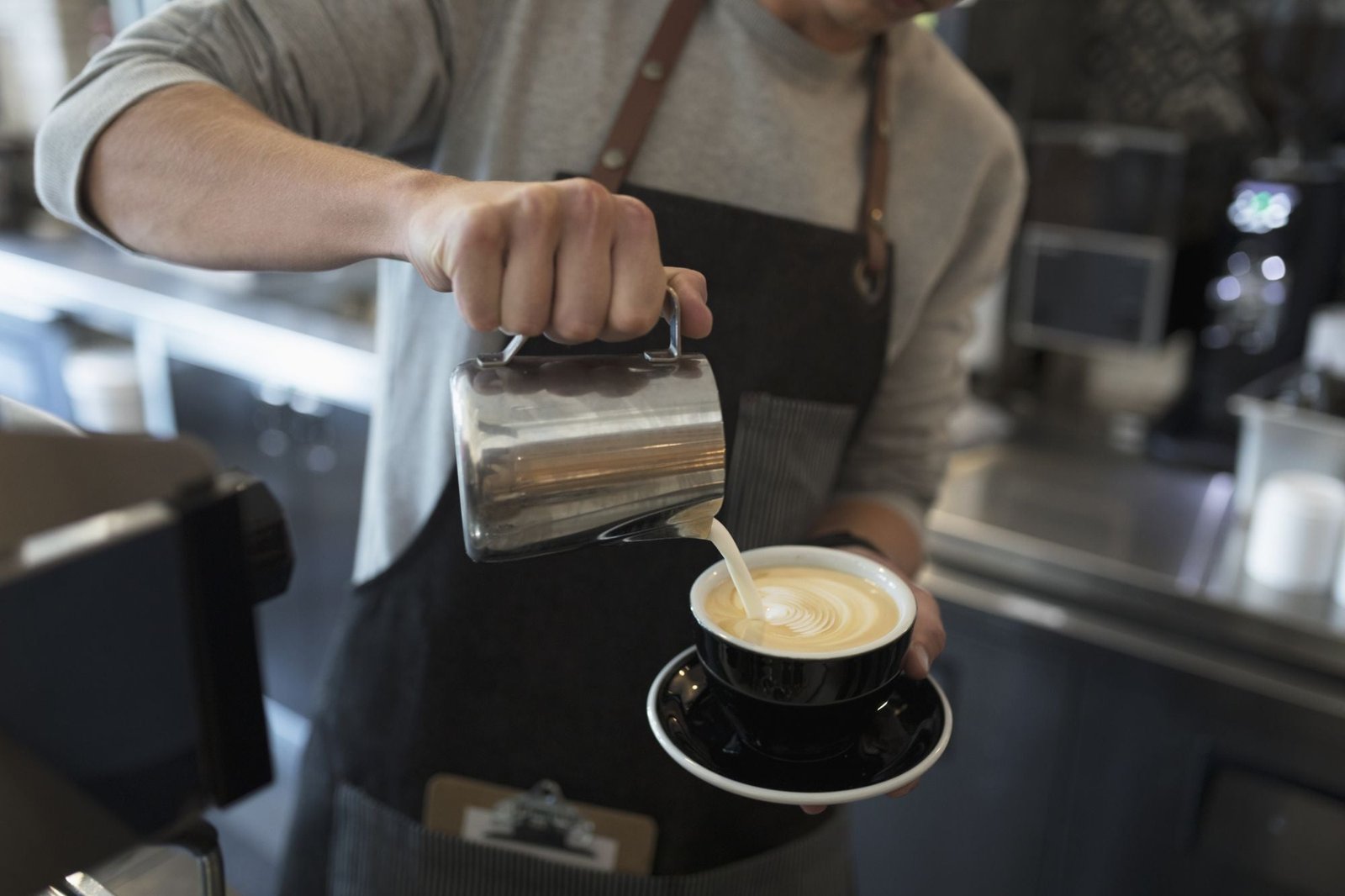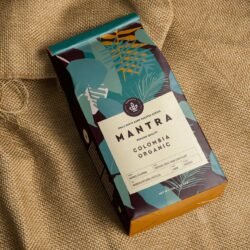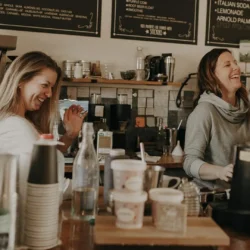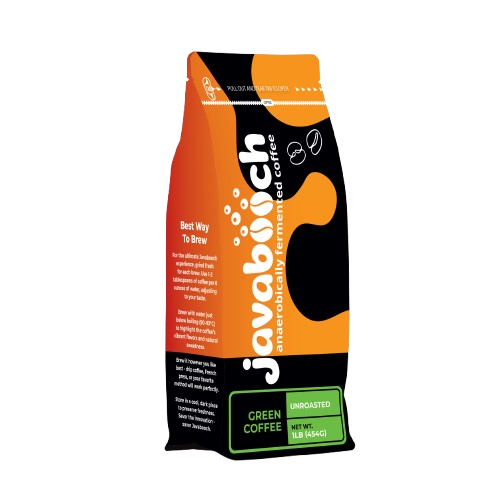Ever wondered what it really takes for a single coffee bean to journey from a farm in Kenya to a café shelf in New York, Berlin, or Tokyo? The path is complex—but if you’re building your own coffee brand, understanding the coffee supply chain is essential. It’s more than just logistics—it’s the heartbeat of your product’s story, quality, and profitability.
In this in-depth guide, Martin Kabaki breaks down the entire journey of coffee—from crop to consumer—and how brand owners can make smarter, more ethical, and cost-effective decisions at each stage.
1. Farming: Where It All Begins
Coffee is an agricultural product. Its quality starts with where and how it’s grown.
- Origin: Coffee grows best in the “Bean Belt”—regions near the equator such as Kenya, Ethiopia, Colombia, and Vietnam.
- Altitude: Higher altitudes (like 1,500m+ in Kenya) often yield beans with better acidity and flavor complexity.
- Variety: Arabica vs Robusta. Arabica (which Martin favors) is known for smooth, nuanced flavors.
🌱 Martin’s Tip: Partner with smallholder farms using sustainable and traceable methods. It enhances your storytelling and ensures quality.
2. Harvesting & Processing
Once ripe, coffee cherries must be carefully picked and processed—this stage has a major influence on taste.
- Handpicking: The most selective method—ideal for specialty coffee.
- Processing Methods:
- Washed (Wet): Clean, bright, fruity flavors.
- Natural (Dry): Sweet, syrupy, and fuller-bodied.
- Anaerobic Fermentation: A premium process producing wild, wine-like profiles (Martin uses this for elite batches).
🧪 Note: Processing decisions impact cost and flavor. Knowing what aligns with your brand profile is key.
3. Drying, Milling, and Export
After processing, coffee must be dried to ~11% moisture and hulled (removing parchment) before shipping.
- Drying: Often done on raised beds or patios.
- Milling: Beans are sorted by size and density. Defective beans are removed.
- Exporters/Co-Ops: Handle the final quality checks, documentation, and shipment.
📦 Pro Tip: Work with exporters or cooperatives that offer transparent sourcing and access to quality lots. Look for Direct Trade or relationship-based sourcing.
4. Importing & Customs
Once shipped, your green (unroasted) beans must clear customs in your destination country.
- Importers: Can assist with logistics, warehousing, and compliance.
- Duties & Fees: Vary by country. You’ll need an HS code, commercial invoice, and possibly FDA registration (for the U.S.).
✈️ Lean Brand Advice: If starting small, partner with a U.S.-based roaster or importer that already stocks your origin (e.g., Kenyan AA) to avoid international importing upfront.
5. Roasting: The Flavor Creation Stage
Roasting is both art and science—it transforms green beans into flavorful profiles your brand becomes known for.
- Roast Profiles:
- Light: Bright, acidic, origin-forward
- Medium: Balanced, sweet, crowd-pleasing
- Dark: Bold, rich, chocolaty, sometimes bitter
- In-house vs Contract Roasting:
- In-house gives you control but requires capital, training, and compliance.
- Contract roasting lets you focus on brand-building while experts handle production.
🔥 Martin’s Advice: “Test different roast levels for your beans before committing. The right roast can elevate or kill your coffee.”
6. Packaging & Labeling
Packaging is your customer’s first impression. It must be functional, compliant, and on-brand.
- Essentials on Label:
- Roast level, tasting notes, origin, altitude, process
- Net weight, storage instructions, best-before date
- Barcodes (if going into retail)
- Materials:
- Kraft or matte pouches with valve and reseal strip
- Stickers vs fully printed bags (budget choice)
🎯 Pro Tip: Use your packaging as a mini-storyboard—every label should say something about your brand values.
7. Distribution: Getting on the Shelf (or in the Cup)
Now it’s time to sell. Where your coffee ends up determines how it’s priced, marketed, and perceived.
Distribution Channels:
- Direct-to-Consumer (DTC): Ecommerce subscriptions, bundles, drops.
- Retail: Grocery stores, specialty shops, hotels.
- Wholesale: Cafés, restaurants, coworking spaces.
- Pop-Ups & Events: Farmer’s markets, conferences, food fairs.
🛒 Martin’s Pick for Beginners: Start DTC and slowly branch into wholesale once operations are streamlined.
8. Fulfillment & Inventory
Once orders start rolling in, you need a solid fulfillment system.
Options:
- Fulfill Yourself: Easy for small batches. Control and flexibility, but labor-intensive.
- Third-Party Logistics (3PL): Outsource shipping. Ideal when scaling.
- Roaster-Fulfilled: Some roasters handle packing and shipping for white-label clients.
📦 Efficiency Tip: Use software to track stock levels, automate labels, and generate reports.
9. Customer Feedback Loop
Don’t stop at the sale. Feedback = your best growth tool.
- Collect reviews via email or QR codes on packaging
- Offer incentives for survey completion
- Use feedback to tweak blends, branding, or messaging
🔄 Martin’s Model: Every 90 days, audit your supply chain, customer satisfaction, and SKU performance.
10. Ethics & Transparency Matter
Modern consumers care. They want to know:
- Who grew the coffee?
- Were they paid fairly?
- Is the brand environmentally responsible?
🌍 Your Job as a Brand Owner: Tell real stories, back up your claims, and build a brand people can trust—not just taste.
Conclusion
From the slopes of Mt. Kenya to your customer’s kitchen counter, coffee takes a long journey—and every step is a branding opportunity. When you understand the supply chain, you can build a coffee brand that’s not only profitable but purposeful.




